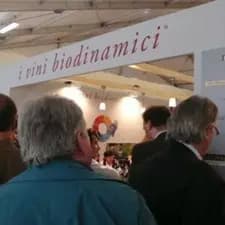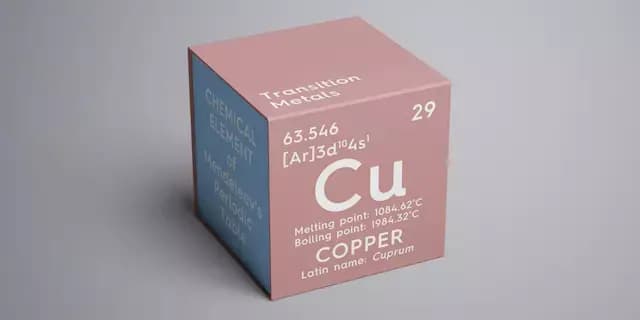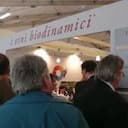Among the parameters we have always considered when evaluating the outcomes of biodynamic farming is the TOTAL METALLIC COPPER CONTENT IN THE SOIL—not just the bioavailable portion. Based on over twenty years of analytical data, it is clear that the use of this noble metal CANNOT BE REGARDED AS A CRITICAL ISSUE in either biodynamic or organic agriculture.

In red, the “noble metals” (so called for their resistance to oxidation)
Let’s consider, for example, that the annual reports by ISPRA (Italian Institute for Environmental Protection and Research), which monitors pollutants in surface and groundwater across the country, stopped including copper as a parameter years ago—because it has NEVER BEEN DETECTED AS A POLLUTANT in either surface or deep water. And this despite a significant increase in the sale of copper-based products.
Copper is largely immobile in soil; it’s well known that it does not leach into aquifers. Yet there are ongoing claims that it pollutes rivers and seas, allegedly killing more fish than bottom trawling or the chemical pesticide residues commonly found in riverbeds and seabeds.

This mistake has deep roots. Back in the 1980s, popular agricultural magazines that published weekly advice from viticulture experts—keen to discredit the newly emerging organic movement—claimed that at least 26 kg of metallic copper per hectare per season was necessary to see any results.
At that time, we organic pioneers applied at most 1–2 treatments with 500 grams of metallic copper if needed, and the remaining 9 or so treatments used doses between 200–300 grams. (Before 2002, the dynamics of downy mildew were quite different from today’s.) For those of us in the field, it was inconceivable how such absurd quantities could even be reached.
Then talk began about reducing copper levels. And, paradoxically, it was the so-called “organic politicians'—who clearly had never worked as farmers or consultants—who joined the chorus claiming copper was harmful, without a single piece of analytical evidence to back it up. In fact, when the maximum permitted usage was reduced from 8 to 6 kg/ha/year, these voices presented the following questionable claim to the Ministry:
“Copper residues in the soil are undoubtedly detrimental to microbial activity and compromise the vitality essential to soil fertility.”
(I was the only one on the national organic viticulture working group in 2008 to formally dissociate from this position, demanding analytical evidence rather than prejudiced assumptions.)
Even back then, we had substantial data disproving both copper toxicity and the accumulation phenomenon in the soil. Still, many members of the commission were already advocating replacing “noble” copper with systemic alternatives like potassium phosphite.
Over the years, we’ve conducted research in collaboration with highly reputable scientific institutions, such as IASMA in San Michele all’Adige (from 2007), the University of Siena – Department of Earth and Environmental Sciences (2014), and private labs such as the respected ISVEA in Poggibonsi (latest analyses in 2019).
And our data presents one undeniable analytical fact: THERE IS NO COPPER ACCUMULATION IN BIODYNAMIC SOILS, EVEN AFTER DECADES OF RATIONAL USE.
Rational use means the minimum necessary year by year for sustainable biodynamic viticulture, both environmentally and economically. What is not rational, for example, is the numerological application of a mystical 3 kg of metallic copper/ha/year.
All data from our research and the most advanced biodynamic plant protection techniques will be addressed in depth during the advanced training course held in Montalcino on February 5–6, 2020.
Dichiarazione importante
Falsi problemi e vecchie polemiche: il senso di partecipare…









